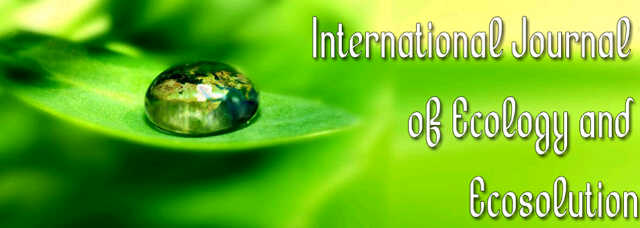Importance of urban seasonal waterlogged areas for resident and migrant waterbird species
Abdoul Baset Hassen–AboushibaInternational Journal of Ecology and Ecosolution
Published: January 5 2015
Volume 2, Issue 1
Pages 1-6
Abstract
The urban seasonal waterlogged areas are the undeveloped residential landscape which received the water through domestic sewage, rainfall drain and industrial waste. The study was carried out in order to understand the importance of urban sesonal waterlogged areas for waterbirds for future conservation and management. A total 17454 waterbird individual (that is, 32.59% resident and 67.41% migrant) of 38 waterbird species (16 resident and 22 migrant) belongs to 10 families were detected through direct observation. Common Teal – Anas crecca (10.71%), Northern Shoveler – Spatula clypeata (9.34%), Northern Pintail – A. acuta (8.54%) and Baikal Teal – Sibirionetta formosa (7.22%) were four the most abundant waterbird species. On the contrary, Pied Kingfisher – Ceryle rudis (0.11%), Grey Plover – Pluvialis squatarola (0.10%) and Sociable Lapwing – Vanellus gregarius (0.08%) were three the most rarest waterbird species of urban seasonal waterlogged areas. Anatidae (45.29%) was the most abundant family and Phoenicopteridae (0.19%) was the rarest family of waterbirds. Omnivore (46.16%) was the dominat guild and Piscivore (2.78%) was the rarest foraging guild of waterbirds. The results of study stated that urban seasonal waterlogged areas are potential habitats for a wide array of waterbirds due to shallow depth and richness of food resources. Waterbirds often select different waterlogged sites for foraging where prey is concentrated and water is shallow.
Keywords: Waterlogged, waterbirds, habitat, food resource, domestic sewage.
Full Text PDF
